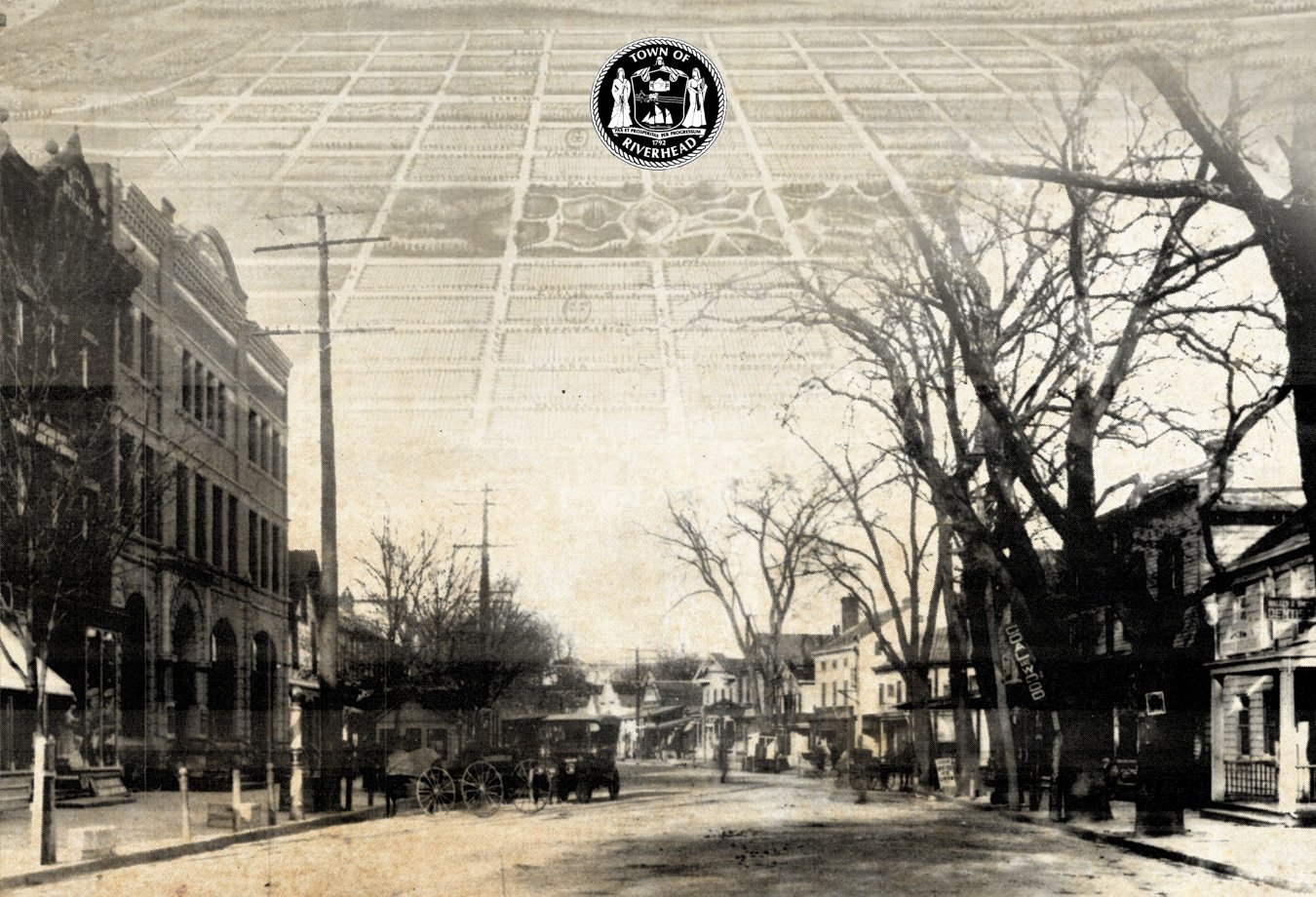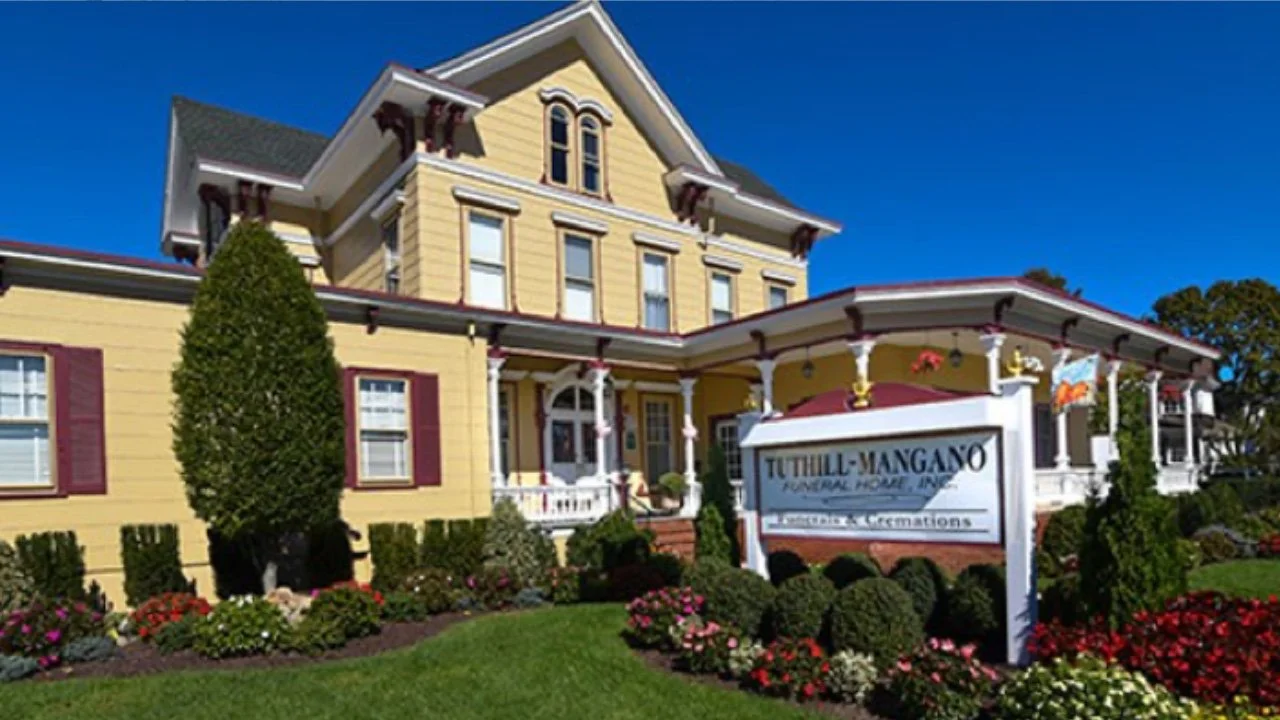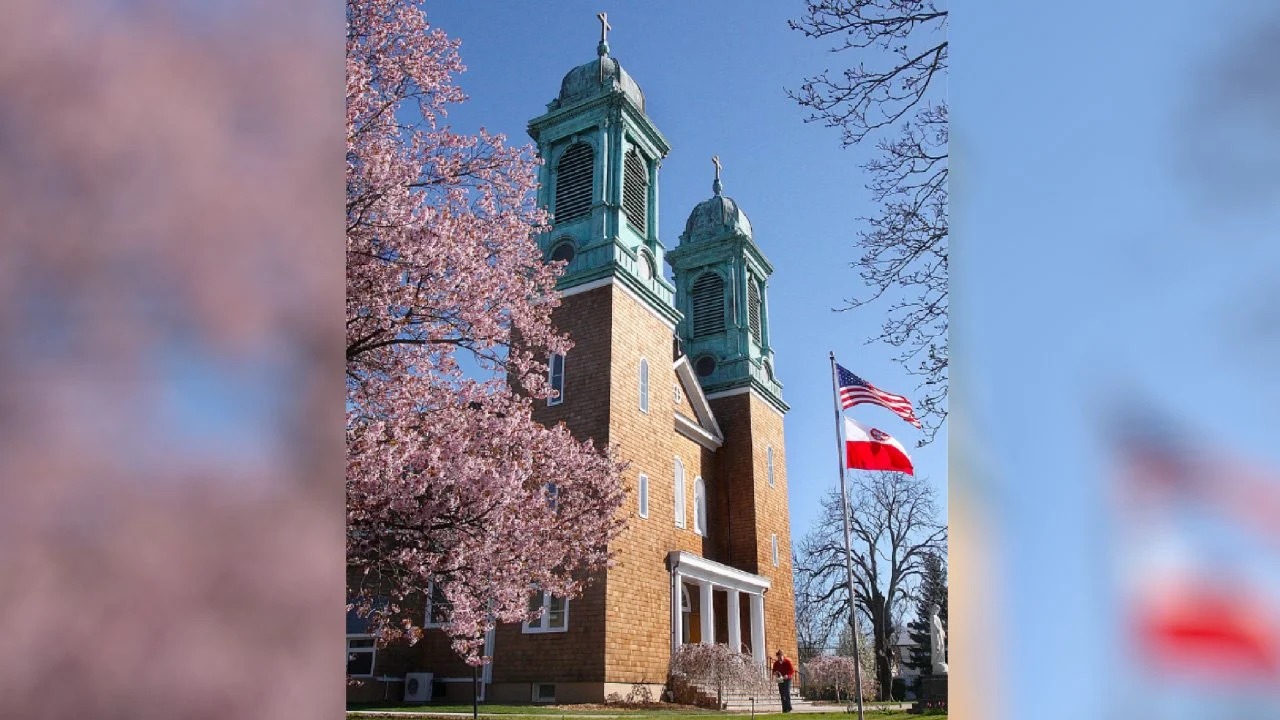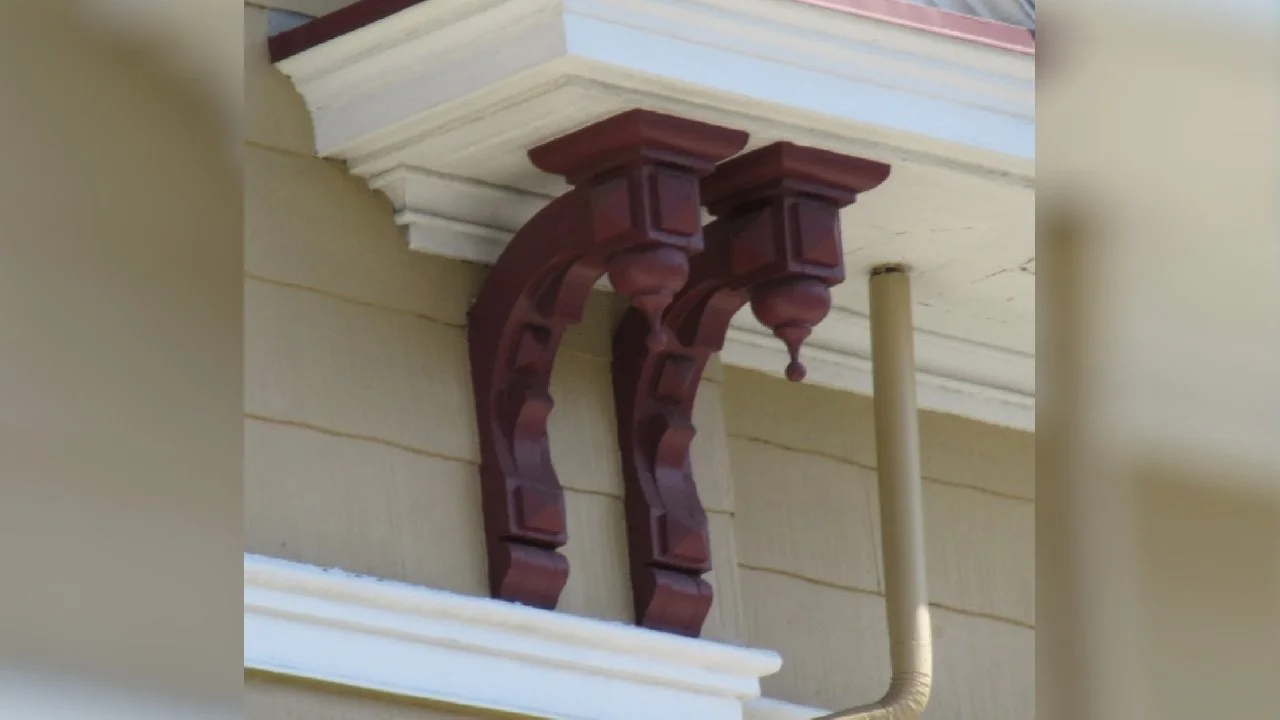
SCROLL BELOW FOR A MAP OF ALL THE STOPS ON THE TOUR.
SCROLL BELOW FOR TEXT OF THIS STOP
-
Dr. Johnson House
406 East Main Street
1876
Narrator: Rose Romanski (1895-?), daughter of Polish immigrants, voiced by Jenifer Maxson
Hello, my name is Rosie Romanski. In 1910, I was a servant in this big house. In fact, I was one of three servants. Would you believe that -–three servants – me and two Polish boys, one 15 and one 18. I was only 15 too, so you can imagine we did have a good time.
My parents came over from Poland in 1892 and settled in Riverhead. They were part of a wave of Polish immigrants into this area. Many started out as farm laborers or household servants, like me. But many of the men went on to own farms of their own, and of course we women married them and helped out on those farms.
There were so many Polish living in this area by 1900 that we decided for form our own Catholic parish. We didn’t like having to go to mass with all those Irish immigrants over at St. John’s. Besides, we couldn’t understand the language.
In 1907 we managed to build a beautiful new church all our own. We called it St. Isidore’s, naturally after the patron saint of farmers. It’s still there today, looking even better than when it was new. And, you know, they still do some services in Polish.
But let me get back to this house. My parents lived over on Swezey Avenue, but there were twelve of us children, so I was sent out to work pretty young. When I was here, it belonged to the window of Dr. Joseph L. Johnson. He had died at the tragic young age of 41 just the year before. They never told me who built the house, but I think it dates to about 1878. They did tell me that it was supposed to look Italian – with those broad eves and those brackets underneath.
Another clue that it was Italian was the double arched windows up in the attic.
And look at that front door. It was really impressive – even if us servants weren’t allowed to come in that way. Riverhead had a lot of beautiful houses like this. Too bad more haven’t survived.
When I was serving here, only Mrs. Johnson, the doctor’s widow, her young daughter and her retired parents, Col. David E Gaddis and his wife Mary were living here. I don’t why know they called him “colonel.” I think it was only honorary. His gravestone said he was a corporal. But, he did serve in the Civil War. He told stories about volunteering when he was only 16. He even took part in the Battle of Gettysburg.
In 1924 the house became the Reginald H. Tuthill Funeral Home, a use that continues to the present. He built the garage to house his hearses. Did you know that those hearses sometimes served as ambulances back then? All the funeral directors also provided ambulance service. They were really full-service!









